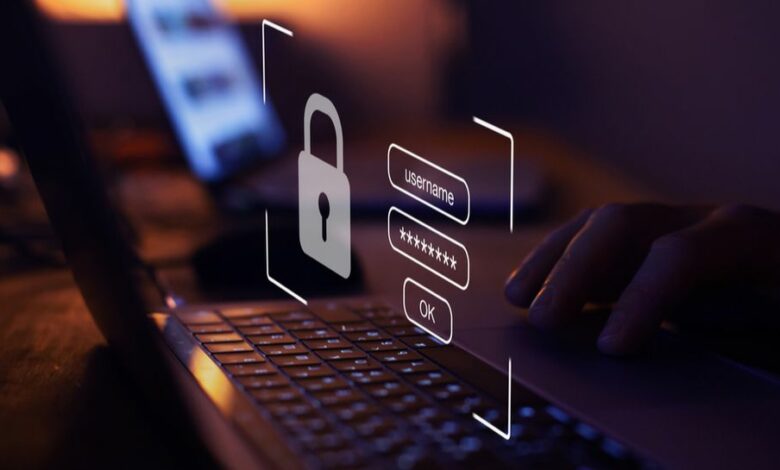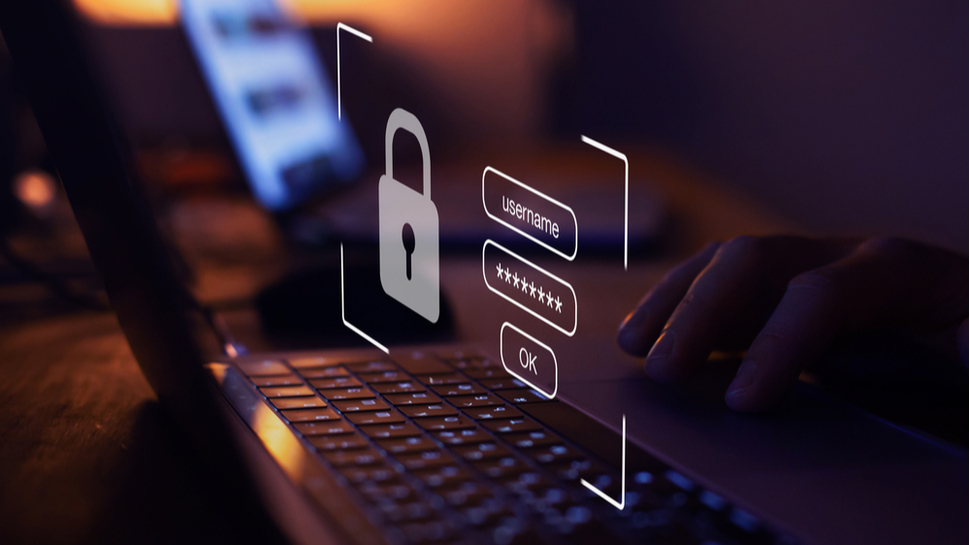The Rise of Ransomware: Is There an End in Sight?


The digital threat known as ransomware has become a boardroom headache. Once a fairly niche cyber threat, these malicious criminal schemes are now crippling businesses large and small by encrypting critical data and demanding hefty ransoms for its return. Technology leaders are warning of a future driven by artificial intelligence, with attackers creating increasingly sophisticated encryption tools. Yet amid the digital chaos, there remains some optimism—if businesses adequately bolster their cyber defenses.
Whether businesses can weather the storm ultimately depends on whether they understand the dangers and, more importantly, what practical steps they need to take to protect their digital assets from ransomware.
Senior Technical Manager at ExtraHop.
Recognize the ransomware epidemic
The once-fringe threat of ransomware has morphed into a sophisticated, multibillion-dollar criminal enterprise, set to surpass $1 billion in 2023. What began as a tactic deployed by opportunistic hackers has grown into a global extortion racket, with organized cybercrime groups using advanced encryption techniques and psychological manipulation tactics to cripple businesses and institutions.
This growing threat poses a major challenge for modern businesses and requires a recalibration of cybersecurity strategies to address the changing tactics of the digital shadows.
Understand the Rise of RaaS
Ransomware-as-a-service (RaaS) has become a game-changer in the cybercrime landscape. The cunning business model allows anyone, regardless of technical expertise, to become a ransomware attacker.
Imagine the ‘Deliveroo for malware’. Developers create and maintain the malicious software, while affiliates simply rent access and use the tools to launch attacks. RaaS marketplaces provide a one-stop-shop for aspiring cybercriminals, offering everything from customer service to malware updates. This low barrier to entry has led to a rise in ransomware attacks.
One of the most prominent RaaS cases in history was the 2021 DarkSide attack on Colonial Pipeline. The attack left hundreds of Americans facing gas and supply shortages after Colonial Pipeline, the owner of a pipeline system that transports fuel from Texas to the Southeast, suffered a ransomware attack on its computer systems. Colonial Pipeline ultimately paid a staggering $4.4 million in ransom, leaving the company struggling to restore operations.
Learn from the LockBit case
The rise of ransomware is epitomized by the LockBit attack, a particularly virulent variant that emerged in 2019 and was responsible for nearly half of all ransomware attacks in 2022. This malware uses a “double extortion” tactic, encrypting important data and threatening to leak it online if the ransom demand is not met.
LockBit operated as a RaaS, allowing a network of criminals to target a wide range of victims, from enterprises to critical infrastructure providers. LockBit operators went so far as to offer a $1 million bounty to security researchers and hackers, ethical or unethical, who could improve the software’s security. Its ruthless efficiency and adaptability have highlighted the growing dangers of ransomware.
LockBit’s success is a clear wake-up call for the cyber industry. Traditionally focused on perimeter defense, the industry must adapt to this new reality of aggressive and adaptive attackers. This requires a multi-pronged approach.
On one hand, cybersecurity companies must develop more advanced detection and prevention tools to stay ahead. On the other hand, a cultural shift is needed, prioritizing employee training and incident response planning. Ultimately, the cyber industry’s ability to contain the rising tide of ransomware will depend on its ability to innovate and foster a more proactive security posture.
Prevent employees from welcoming the bad guys
For many companies, the digital perimeter resembles a crumbling Cold War watchtower: poorly maintained and understaffed. Legacy systems, riddled with unaddressed vulnerabilities, provide easy access for attackers.
Authentication protocols, often too weak, provide easy entry points for stolen credentials. Perhaps most concerning is the human aspect. Unskilled workers remain susceptible to phishing scams, unknowingly downloading ransomware with a single click. These shortcomings paint a bleak picture for many businesses.
Nevertheless, there is a remedy. Companies can strengthen their employees’ cybersecurity knowledge by implementing regular trainings that combine fundamental awareness topics with job-specific best practices. These trainings should be engaging and regularly updated to reflect the changing threat landscape. Leaders can cultivate a culture of security by serving as role models and encouraging open communication about cyber risks. Periodic reminders and tests can also strengthen employees’ understanding and ensure they maintain critical cybersecurity practices.
Accelerate defense awareness and translate it into action
A key solution to protecting businesses from ransomware attacks is Network Detection and Response, or NDR. NDR systems are the digital equivalent of a highly trained watchdog. These vigilant tools continuously scan network traffic, detecting anomalies that could indicate an ongoing ransomware attack.
Unlike its canine counterpart, NDR operates with millisecond precision, identifying suspicious activity – unusual data exfiltration attempts or unauthorized access attempts – in real time. This rapid detection allows security teams to act quickly and potentially contain the ransomware threat before it can encrypt a company’s data.
NDR systems can also detect the telltale signs of ransomware encryption, allowing infected devices to be quickly isolated and the infection to be prevented from spreading throughout the network. In the escalating war on ransomware, NDR is a critical line of defense, providing a layered approach: identifying suspicious activity, enabling rapid response, and containing the threat before it can cause damage.
Make RaaS an outdated threat
The future of ransomware may look bleak for businesses of interest to hackers, with the specter of AI-powered attacks looming large. However, that doesn’t mean you should surrender. By recognizing the threat, prioritizing cybersecurity investments, and fostering a culture of security awareness within organizations, businesses can strengthen their digital defenses.
We have listed the best identity management software for you.
This article was produced as part of TechRadarPro’s Expert Insights channel, where we showcase the best and brightest minds in the technology sector today. The views expressed here are those of the author and do not necessarily represent those of TechRadarPro or Future plc. If you’re interested in contributing, you can read more here:




